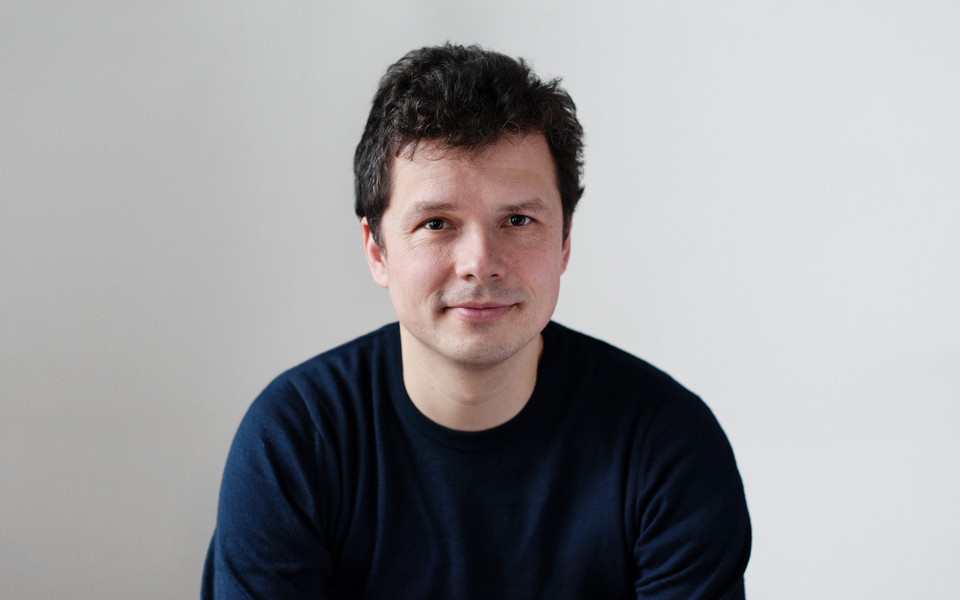
How to take pictures in the darkness?
When taking a picture, for instance using a camera or a microscope, the number of light particles (photons) detected per pixel is limited. This might prove problematic, for example when taking pictures of moving objects during the night: On the one hand, exposure time has to be short to reproduce the momentum. On the other hand, pictures appear noisy if too few photons are captured per pixel. This is also a problem for optical microscopy of light-sensitive samples or for electron microscopy of proteins, where electrons are fired at a protein to gather information about its atomic structure. Only a limited number of probe particles can be employed, in order to prevent the destruction of the structure that is meant to be imaged.
So how can one take a picture, which contains as much information per detected photon, or per interaction between an electron and the sample, as possible? Thomas Juffmann will further investigate this question. In 2016, he developed a microscopy method at Stanford University, which might produce pictures with an improved signal-to-noise ratio per photon/electron. Each photon/electron thereby repeatedly interacts with the sample leading to signal amplification. “Applying this method to cryo-electron microscopy, which received the Nobel Prize for chemistry in 2017, could lead to significant improvements of the signal-to-noise ratio”, says Juffmann. In a publication in 2017, Juffmann and colleagues reported that their method could be used to image the folding configuration of a single protein. As part of an international collaboration funded by the “Gordon and Betty Moore Foundation”, the physicist now attempts to build a prototype of such a microscope.
With the results of his work, Juffmann also succeeded in securing an ERC Starting Grant, which he will use to build his research group at the University of Vienna. Affiliated with the Faculty of Physics (Quantum Optics, Quantum Nanophysics and Quantum Information), his laboratories will be located at the MFPL (Department of Structural and Computational Biology) at the Vienna BioCenter. “I’m already looking forward to this interdisciplinary environment, where I will certainly learn a lot”, says Juffmann. “This is also a great opportunity for me to apply our microscopy methods to biological questions.” The scientist is now looking for motivated students to join his team.
About
Thomas Juffmann studied technical physics at the Technical University of Vienna. He earned his PhD at the University of Vienna working on the quantum-mechanical behavior of large molecules. The results of his dissertation, which can be found in physics textbooks today, enabled him to conduct his postdoctoral research at Stanford University (USA, 2013-16). There, he investigated options to use quantum-physical effects for sensitive and non-destructive microscopy. After another stay at École normale supérieure in Paris in 2017, during which he investigated optics in diffuse media, Thomas Juffmann returned to the University of Vienna in March 2018, where he now works at the interface of physics and biology.
Further reading
T. Juffmann et al., Multi-pass transmission electron microscopy (2017)
doi:10.1038/s41598-017-01841-x (Open Access)